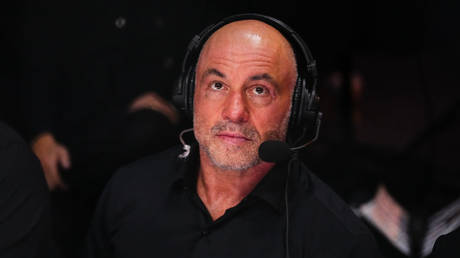Humans have been selectively breeding animals for millennia. If we can help species survive by tweaking their DNA in a lab, I say bring it on
Do you think we should genetically modify wildlife? What if we could make seabirds resistant to the flu that has been exterminating them en masse, just by tweaking their DNA a smidgen? Or make fish that can shrug off pollution, or coral that can survive warming waters? Engineer in the sorts of change that could occur naturally, given enough time, if only the wildlife would stop dying already.
Thanks to newly emerging methods, such as Crispr, these feats are within reach. Recently, conservationists met at the International Union for Conservation of Nature’s (IUCN) 2025 World Conservation Congress where they debated GM wildlife and voted on a proposed moratorium that would stymie their release into the wild. Ahead of the meeting, a group of more than 90 NGOs issued a press release urging the IUCN to “say no to engineered wild species.” But humans have been altering the DNA of other species for millennia.
Helen Pilcher is a science writer and the author of Bring Back the King: The New Science of De-Extinction





